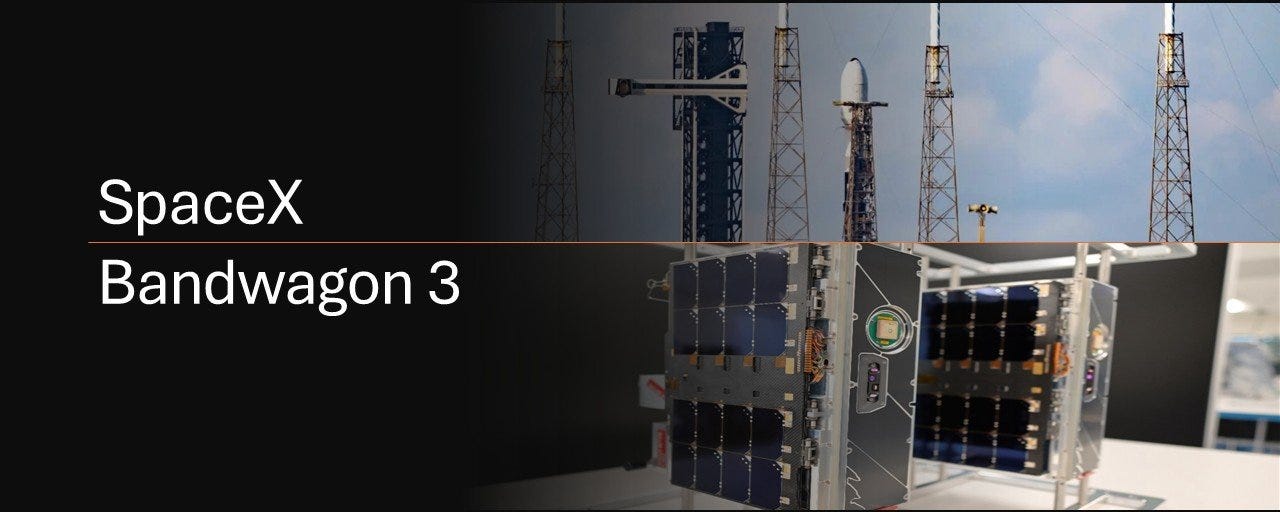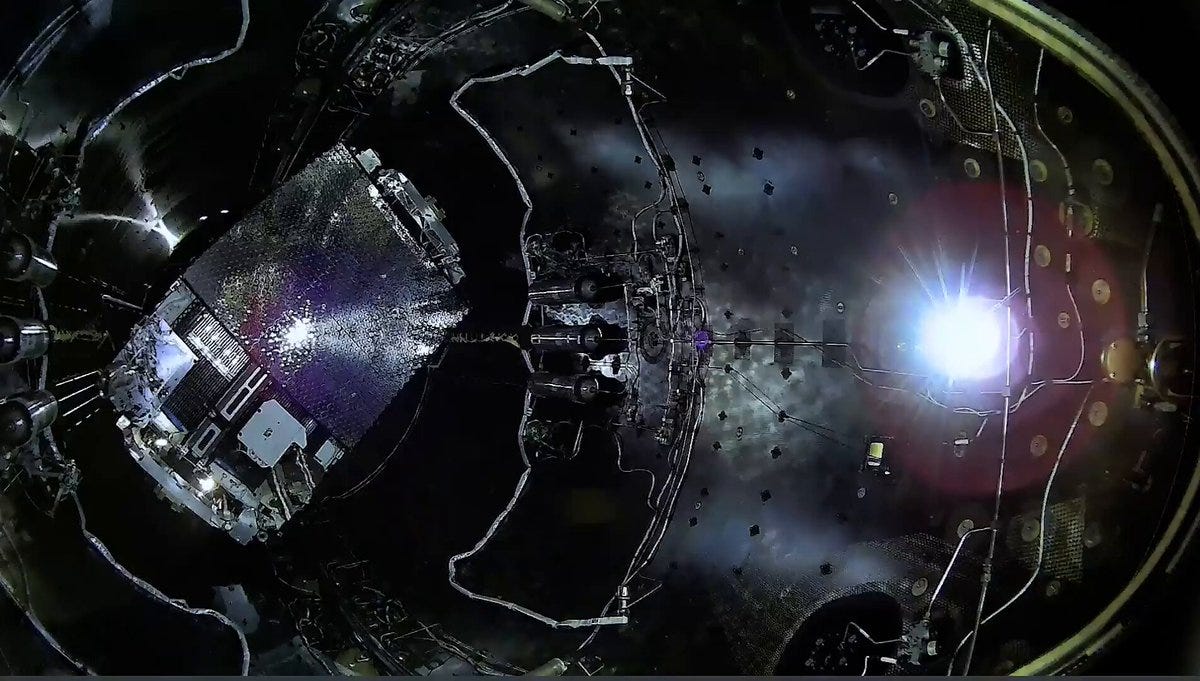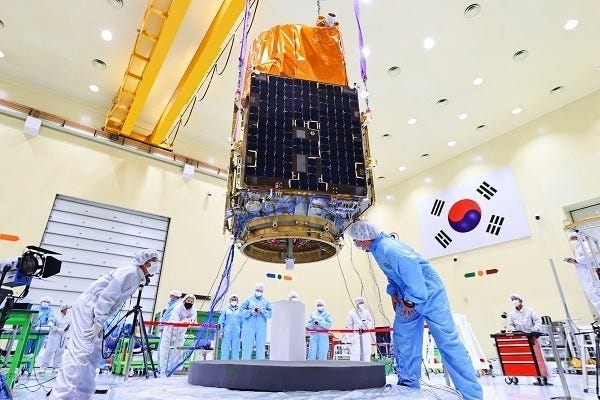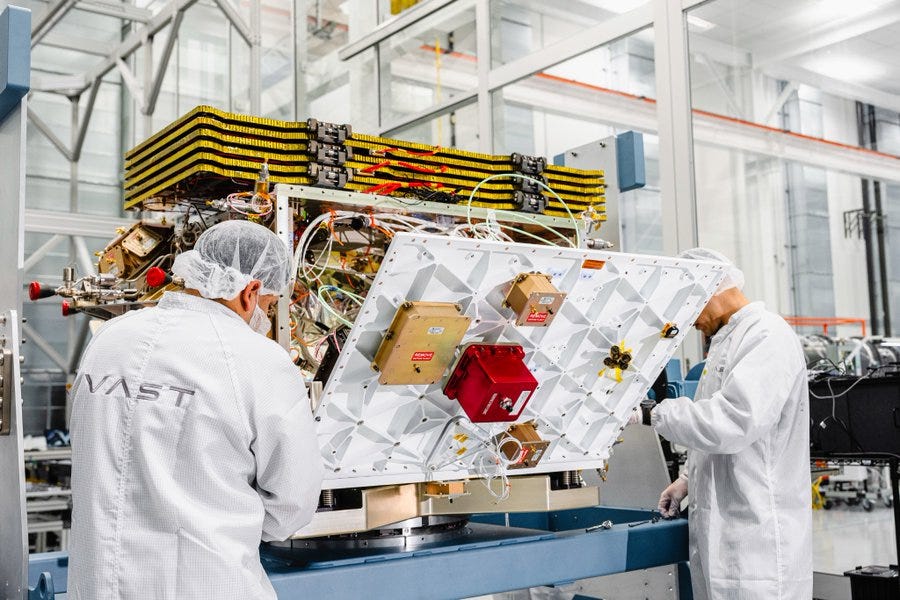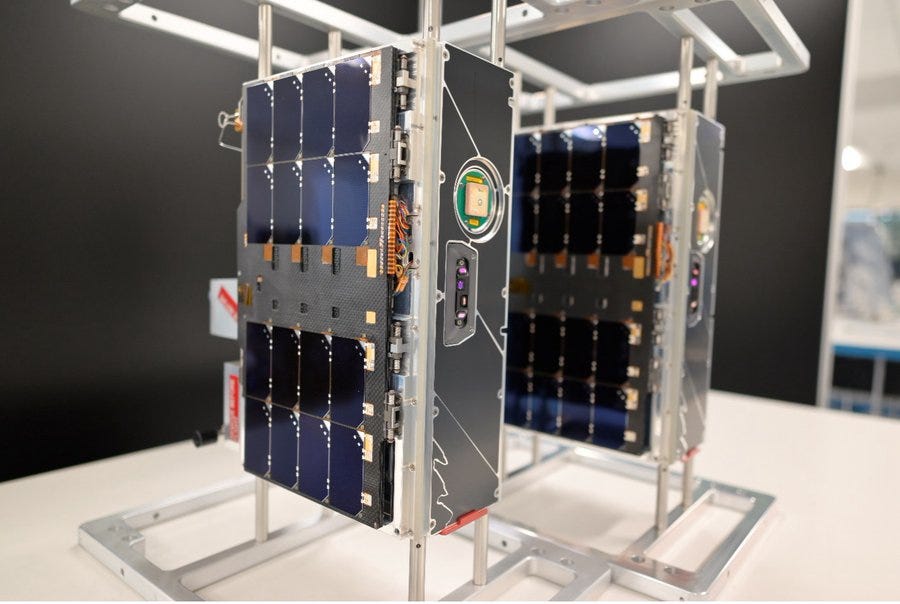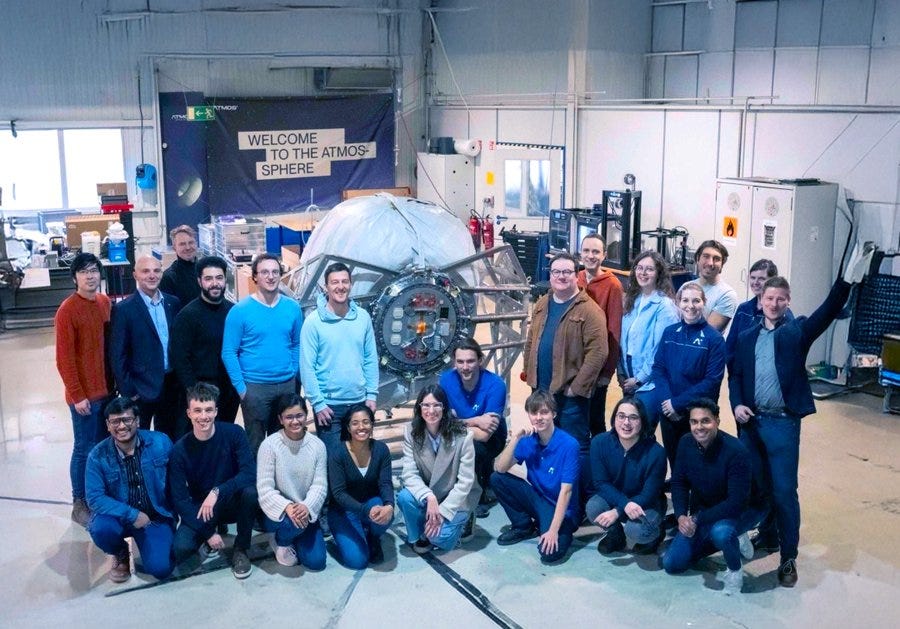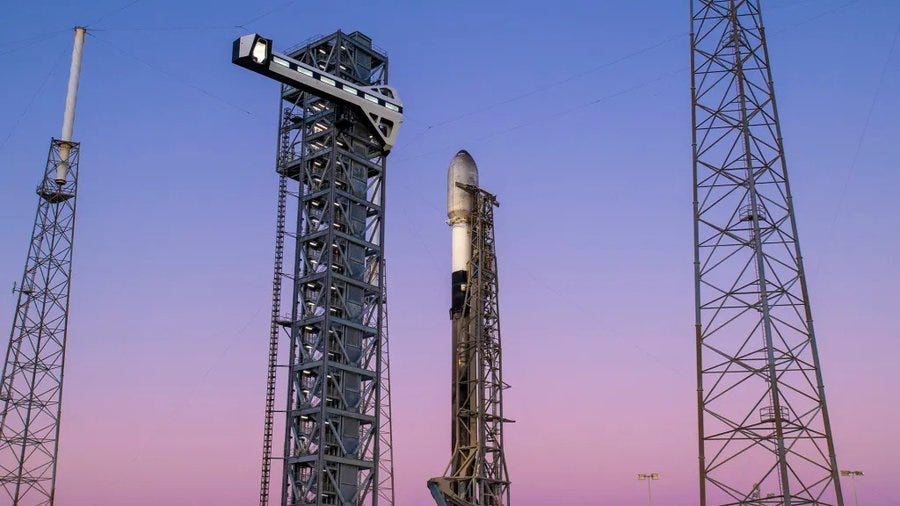For the second flight on Monday, SpaceX will launch Bandwagon-3 from Space Launch Complex 40 (SLC-40) at Cape Canaveral Space Force Station in Florida. This is the third dedicated mid-inclination rideshare flight that will deploy small microsatellites and nanosatellites into low Earth orbit (LEO) for commercial and government customers. This is different from the well know Transporter missions that launch satellites into Sun-synchronous orbits (SSO).
Let's get into the details and break down the vehicle and payloads for this mission.
The Vehicle:
Falcon 9 Block 5 (Booster B1090): The launch vehicle for this mission is Falcon 9 Block 5 booster B1090. This will be the third flight for this booster. It previously launched O3b mPOWER-E and Crew-10. It will send the second stage towards mid-inclination LEO. Approximately eight minutes after launch, the booster will return to site for a rare landing at Cape Canaveral Space Force Station’s Landing Zone 2 (LZ-2). Directly next to LZ-1. So we may see B1092 still on LZ-1 from the earlier CRS-32 flight that morning.
Falcon 9 Stage 2: The Falcon 9 second stage, powered by a single Merlin 1D Vacuum engine, will separate the fairings and deliver the payloads to mid-inclination (approximately 45 degrees) low Earth orbits. This is typically around 590 km, with multiple-altitude deployments. Equipped with COPVs for helium and TEA-TEB for engine restarts and precise orbital insertions. It will be expended by deorbiting over the Indian Ocean southwest of Australia.
The Payloads:
425 Project SAR Sat-3 (South Korean Defense Acquisition Program Administration (DAPA) (@dapapr)): This is the third part of the South Korean 425 Project radar satellite reconnaissance project. The high resolution SAR satellites are developed by a consortium consisting of Korean Aerospace Industries (KAI) and Hanwha Systems Corp with Thales Alenia Space providing the SAR payload. The SAR payload uses a specialized 5-meter antenna folded as 24 petals that will open in space to form a parabolic dish. Additionally, TAS provides the platform elements, notably the Control Momentum Gyro and sensors, derived from their HE-R1000 product (High Efficiency Radar).
Haven-Demo (VAST (@vast)): VAST's Haven-Demo is a 500kg technology demonstration satellite developed to test components and subsystems for their planned commercial space station, Haven-1. It aims to validate key technologies, including a radiofrequency communications system, guidance, navigation, and control hardware and algorithms, solar array and power systems, and a propulsion system, to increase flight heritage and reduce technical and operational risks for Haven-1.
Tomorrow S7, S8 (2x 6U, Tomorrow .io (@tomorrowio_)): These are part of a Microwave Sounder constellation of 18 small satellites, named Tomorrow-MS1 to -MS18, designed for remote sensing to provide worldwide, low-latency weather data. This system uses a Passive Microwave Sounder developed with technology from MIT Lincoln Laboratories, integrated into a spacecraft based on Blue Canyon Technologies' standardized 6U CubeSat design, all constructed by Tomorrow. io. The satellites aim to enhance both numerical weather prediction and long-range forecasts.
PHOENIX-1 (Atmos Space Cargo (@AtmosSpaceCargo)): This is a prototype re-entry capsule. It’s designed to return cargo from space, focusing on microgravity experiments, in-space manufacturing, and life sciences research. The capsule features an innovative inflatable heat shield for atmospheric re-entry, aiming for a payload efficiency ratio of 1:2, which is significantly higher than current market standards. It has a capacity of up to 100 kg. PHOENIX-1 will complete two orbits in Low Earth Orbit (LEO) before attempting re-entry over the Indian Ocean, without parachutes. The mission aims to collect data on the capsule’s performance, its subsystems, and the inflatable heat shield. it is not expected to survive re-entry.
SpaceX has not listed the Vast Haven Demo on their official launch page, but multiple outlets have stated it is onboard. We shall see.
SpaceX's Bandwagon 3 is scheduled to launch at 8:48 p.m. ET on Monday, April 21, from Space Launch Complex 40 (SLC-40) at Cape Canaveral Space Force Station, Florida.
Where to Watch:
SpaceX (@SpaceX): Live feed here on X https://x.com/i/broadcasts/1MnGnwydrYBJO and on spacex.com.
NASA Spaceflight (@NASASpaceflight): X, NASASpaceFlight.com, and their YouTube channel.
Go SpaceX! Go Bandwagon 3!
If you enjoyed this article, please support my efforts by subscribing. When you subscribe you also get access to daily ELON CHRON, all weekend articles, and become instantly eligible for the random subscriber giveaway.
For April, I am giving away a new official Tesla Business Backpack ($90)! This is a Tesla China exclusive and only available in the APAC region. Like always, I will draw one name at the end of the month. Subscribe here
There are also various ways to tip and support on my linktree: https://linktr.ee/serobinsonjr
Thanks, everyone!





